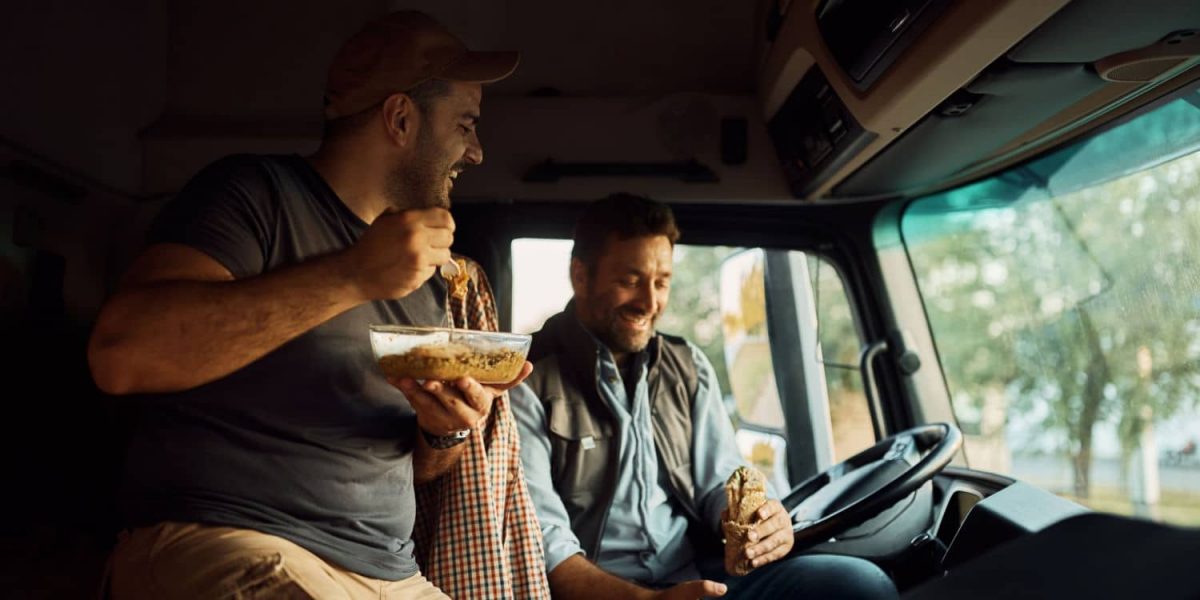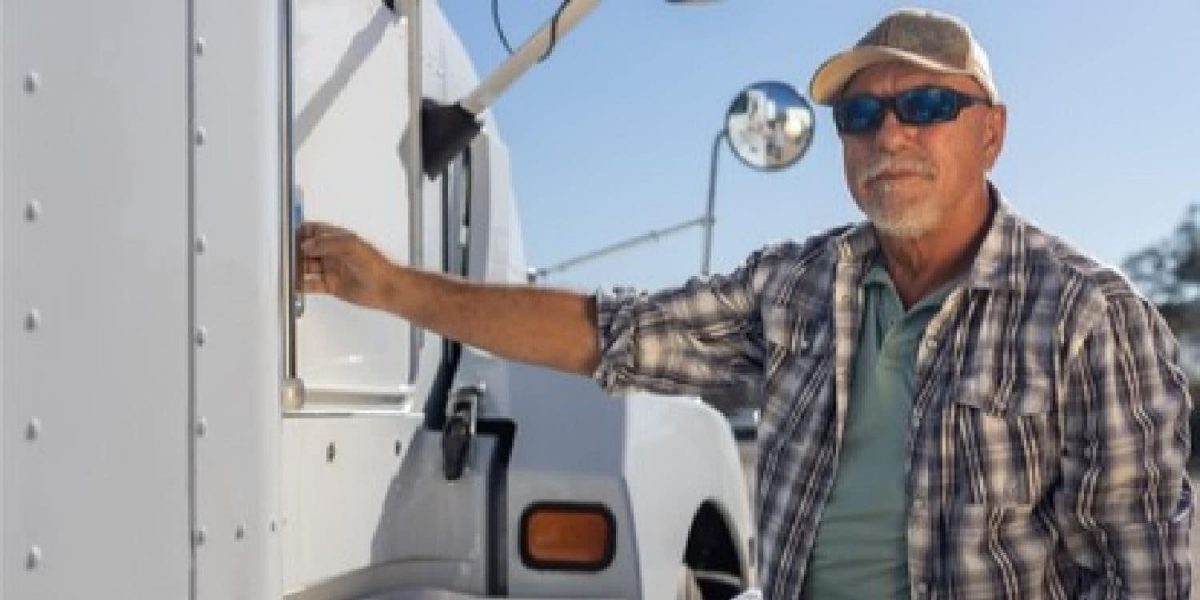Women play a vital role in the trucking industry, despite it being a traditionally male-dominated field. The truck driver shortage is causing an increased demand for new drivers of both genders, and continuing to welcome women into the industry is a promising way to meet this demand. Continue reading to learn about the role of women in trucking.
Truck Driving Jobs For Women
The number of women in the trucking industry is growing every year. In October 2022, the number of women in the profession hit 1.6 million, a record since the United States Bureau of Labor Statistics (BLS) started tracking in 1990.
Some other statistics about women in trucking are:
- Women account for 15.7% of professional truck drivers.
- Approximately 23% of all carrier employees are women in management positions.
- The average age range for women to enter the trucking industry is 39-59.
- Women make up about 35% of truck dispatchers.
- 7.2% of all CDL drivers in the United States are women.
The History of Women in Trucking
The history of women in trucking began with World War I. During this time, women had to fill the jobs of the men who were at war, including commercial truck driving. Several women contributed to the early days of female trucking. Lillie Elizabeth Drennan, the first licensed female truck driver in 1929, was also the first female trucking company owner, founding Drennan Truck line.
Another famous name in female trucking history was Luella Bates. Bates began driving as one of 150 women hired in 1918 for the Four Wheel Drive Auto Company as a test driver. She enjoyed her position so much that rather than returning home after the war ended, she continued driving. Bates’ passion for the transportation industry led her to become one of the faces of female trucking.
The Future of Women in Trucking
There is a bright future for women in the trucking industry. Women in all sectors of the industry are growing at a steady pace each year. Although the truck driver shortage eased slightly as of last year, it is still short about 78,000 drivers. This high demand for drivers and the high pay that accompanies the job make it an outstanding opportunity for women to level the wage gap. Female truck drivers can also reap other rewards like travel, freedom, and flexibility.
Interested in Truck Driving as a Career?
If you are interested in starting a career as a truck driver, applying to Yuma Truck Driving School is the first step. Our commercial driver’s license (CDL) programs welcome all students and strive to provide a supportive environment no matter your gender. Our classes are taught by skilled instructors with real-world experience and teach valuable skills that will help you succeed as a trucker.
To apply to our CDL program, contact one of our advisors today.














